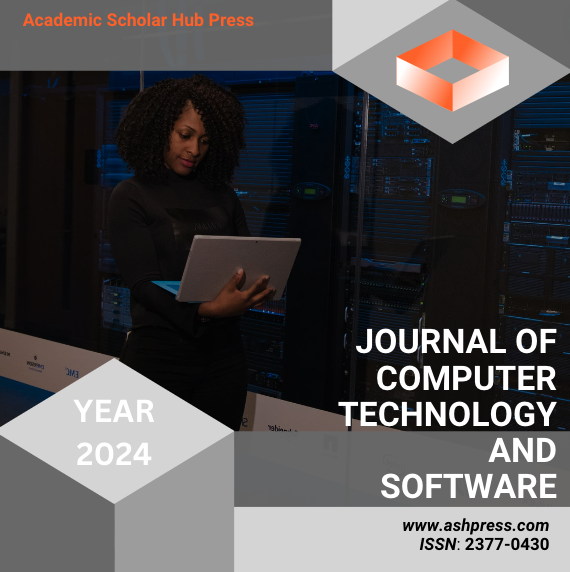Deep Learning for Root Cause Detection in Distributed Systems with Structural Encoding and Multi-modal Attention
Published 2024-08-30
How to Cite

This work is licensed under a Creative Commons Attribution 4.0 International License.
Abstract
This paper addresses key challenges in root cause identification within microservice architectures, focusing on limited structural modeling capabilities and insufficient integration of multi-dimensional features. A Transformer-based model for multi-dimensional fusion root cause identification is proposed. The method includes two core modules: Structure-Aware Trace Encoding (SATE) and Multi-dimensional Attention Fusion (MAF). The SATE module aggregates upstream and downstream dependency information for each node in the service trace. It enhances node representation through structural embedding, thereby preserving the topological dependency features between services. The Transformer module then models the entire structured sequence to capture long-range temporal dependencies within the trace. On this basis, the MAF module introduces separate attention channels from three dimensions: latency, status codes, and dependency paths. This further integrates multi-source monitoring data and improves the model's ability to represent anomaly propagation paths. A series of comparative and ablation experiments validate the effectiveness of the proposed method in terms of accuracy, robustness, and structural generalization. The model maintains high discriminative power even under service topology perturbations and increased trace complexity. These results demonstrate the strong practical potential of the proposed method in complex distributed systems.
